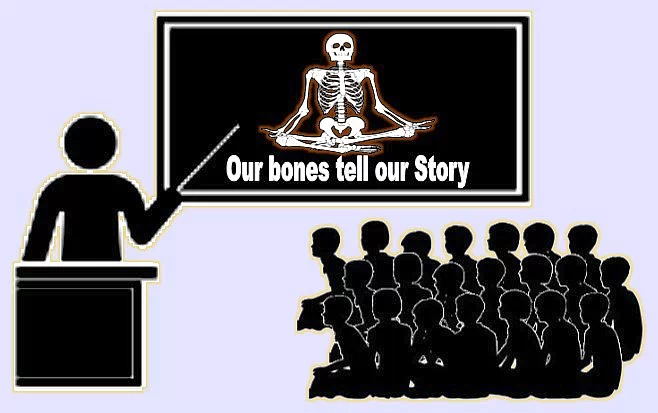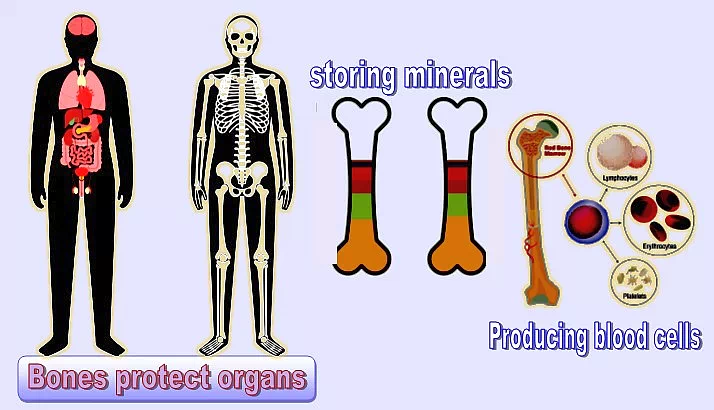Our bones tell our Story

The arrangement of bones in our body is an example of wonderful mechanical and architectural design.

The basic uses / functions of bones:
- Bones keep our body straight and upright.
- (At the same time) They are flexible enough to give great freedom of movement.
- They are strong enough to protect our internal organs.
- Most importantly they produce blood cells.
- They also store and regulate minerals.

Really, our bones tell us the most interesting story of our past.
Study of bones provides the source data of evolution, history, and culture of Homo sapiens.
Valuable information from bones can be gathered by archaeologists, anthropologists, and forensic scientists.
Bones also reveal how humans develop their adaptive mechanism to the environment over time.
All this is possible only because bones do not decay.
The story told by our bones gives a broad picture about our evolution:
- They provide evidence of fossil man.
- They form the basis of racial classification in prehistory.
- They give information about culture and people’s worldview.
- They are major sources of information about ancient disease and causes of death.
- They help in many ways solve forensic crimes by providing evidence to detectives.
Fossil bones give us a broad outline of the evolution or development of the human face.
Species of different times can be compared by bones.
For example:

Australopithecus (the Southern Ape that existed 2 to 3 million years ago) can be compared to Homo sapiens (Neanderthals / Neanderthal Man) of 100,000 years ago. We can compare these predecessors with the first Thinking Man (Homo sapiens of 40,000 years ago) with the help of fossil data.
By these observations, it is scientifically concluded that gradually the face became flatter, the teeth smaller, the chin less protruding, and the forehead more domed to house a larger brain.
All Blogs & Vlogs from mamlabs.net

